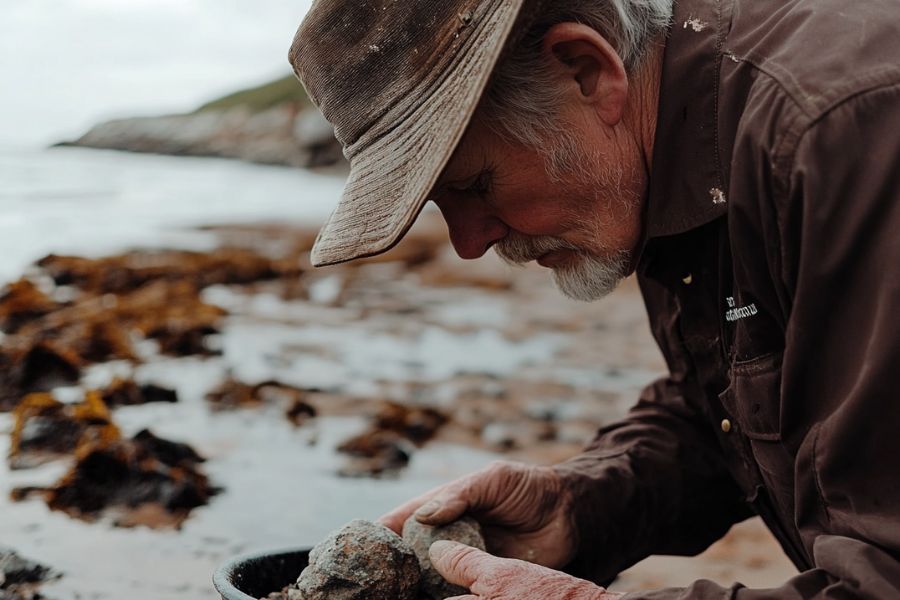From the Atlantic Ocean to the Gulf of Mexico, and from Georgia to the Florida Keys, the Sunshine State is a treasure trove for rockhounds.
But many don’t know the potential places for finding tourmaline in Florida. It’s frustrating to spend hours searching without success.
That’s why we’ve done the hard work for you. We’ve sourced the 13 best locations in Florida to find tourmaline. These spots will save you time and increase your chances of a successful hunt.
Whether you’re a seasoned collector or a curious beginner, this guide will point you to the right places.
How Tourmaline Forms Here
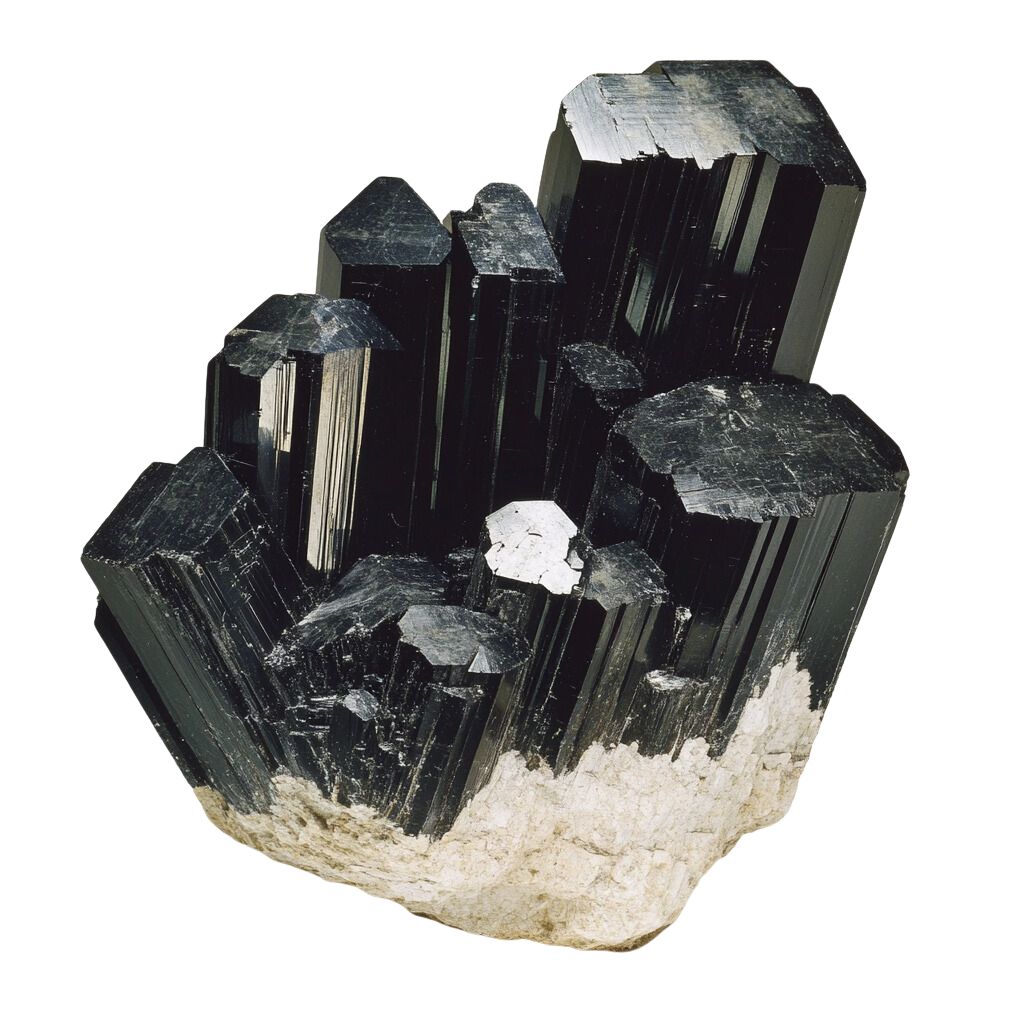
Tourmaline forms deep underground through intense heat and pressure. It originates from hot, mineral-rich fluids that move through fractures in rocks like granite and pegmatite. As these fluids cool, the minerals within them start to crystallize, forming tourmaline.
The color of tourmaline depends on the specific minerals involved, leading to a wide range of hues including pink, red, green, and blue.
Over millions of years, these crystals grow and become the beautiful, multifaceted stones we see today. Tourmaline is prized for its variety of colors and is often used in jewelry and decorative items.
The Types Of Tourmaline
Several incredible types of Tourmaline can be found in the US as well as in our state. Each is uniquely beautiful and interesting including:
Elbaite
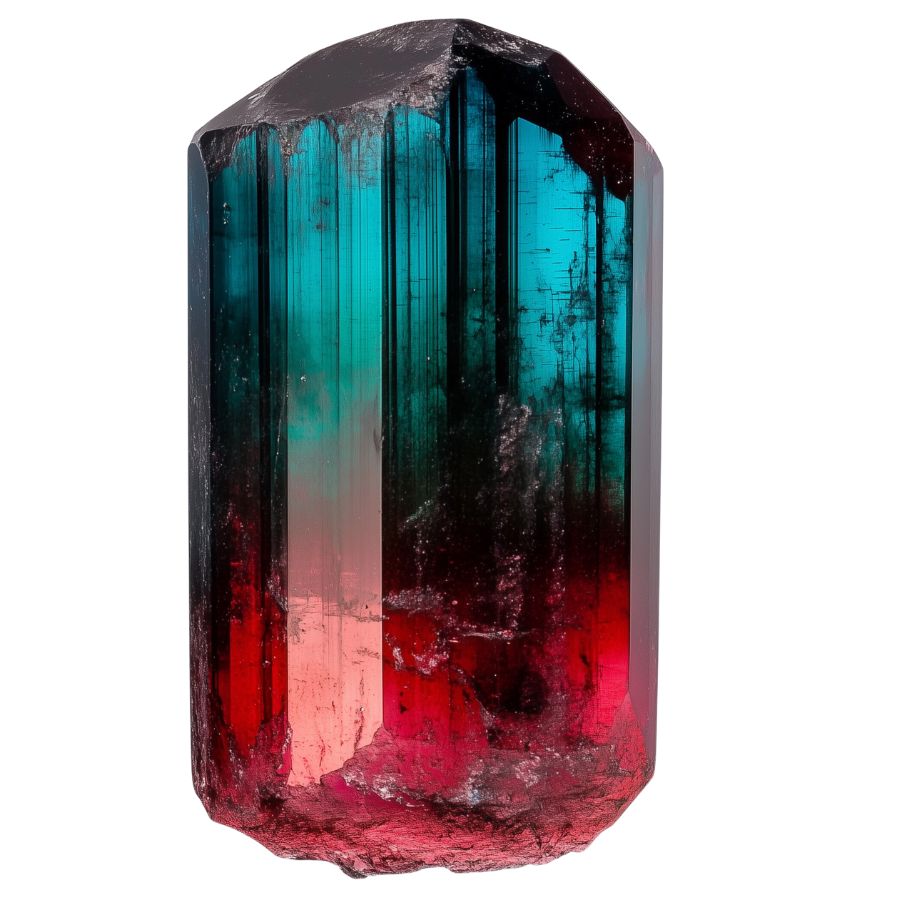
Elbaite is found in pink, red, green, blue, yellow, and even colorless forms. What makes elbaite special is its ability to show multiple colors in a single crystal, like the famous “watermelon” tourmaline with pink and green hues.
This gem stands out due to its complex chemical makeup, which includes lithium, sodium, and aluminum. This composition gives Elbaite its diverse color range and dichroism, allowing it to display different colors when viewed from different angles.
Elbaite has a unique place in history as the first tourmaline variety in which lithium was discovered back in 1818. Some rare types, like the neon blue Paraiba elbaite, are highly sought after by collectors and jewelers.
Schorl
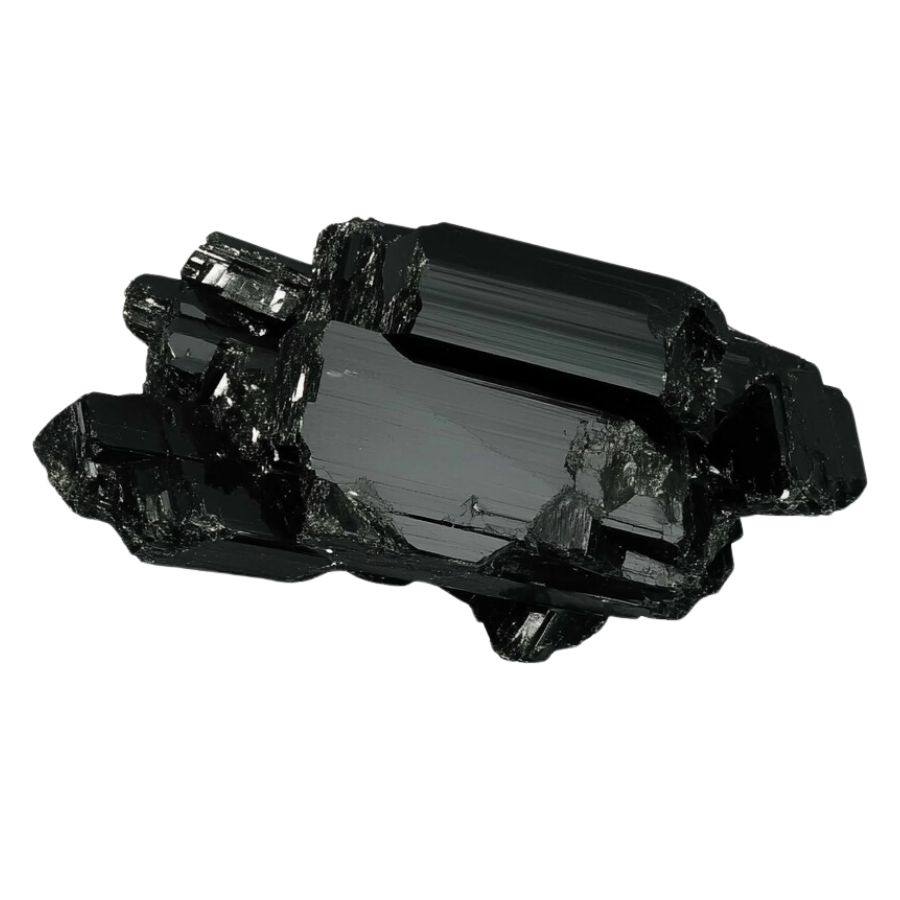
Schorl is known for its deep, rich color. It typically forms long, prismatic crystals with a shiny, glass-like surface when polished. Unlike other tourmalines, schorl gets its distinctive black color from high iron concentrations.
One of Schorl’s most fascinating features is its ability to become electrically charged through heating or rubbing. When charged, it can attract or repel small particles.
This unique electrical property makes Schorl valuable in various industries. It’s used in electronics and manufacturing to control static electricity and electromagnetic interference.
Despite being less colorful than other tourmalines, schorl’s practical applications make it an important and interesting variety.
Rubellite
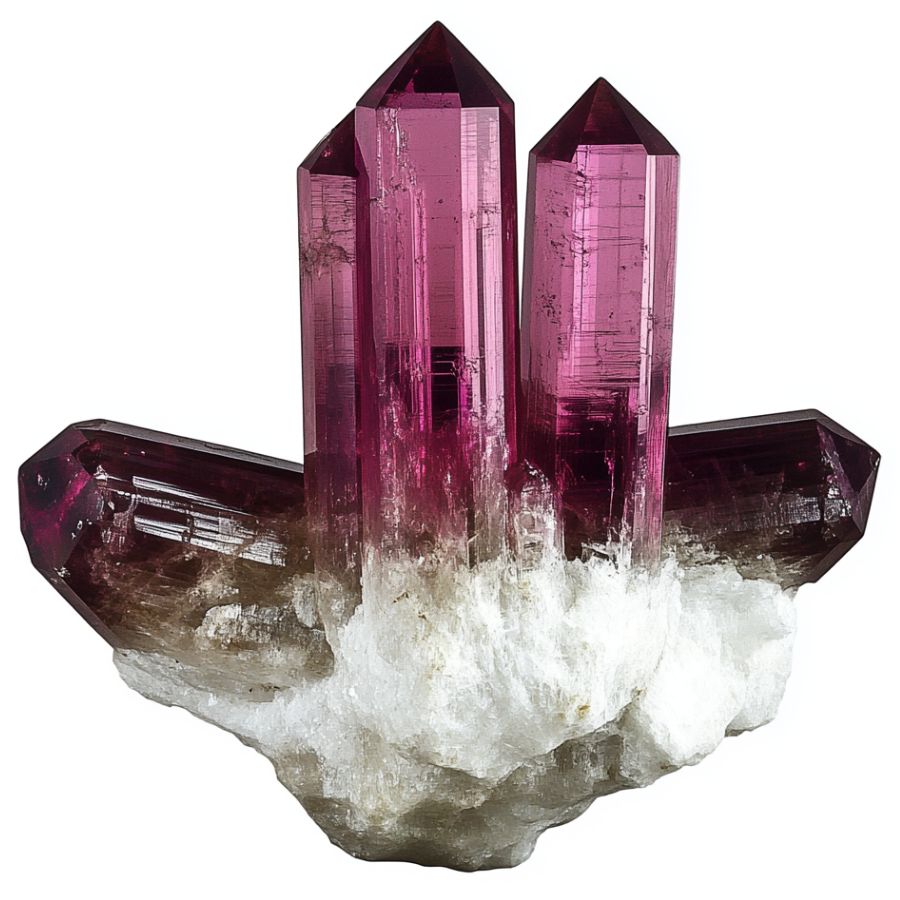
Rubellite stands out with its vibrant pink to red colors. The most prized ones show a pure, saturated red without any brown or orange hints. This beautiful color comes from manganese in its makeup.
One cool thing about rubellite is its double refraction. It can look like it has two different colors when you view it from different angles.
Dravite
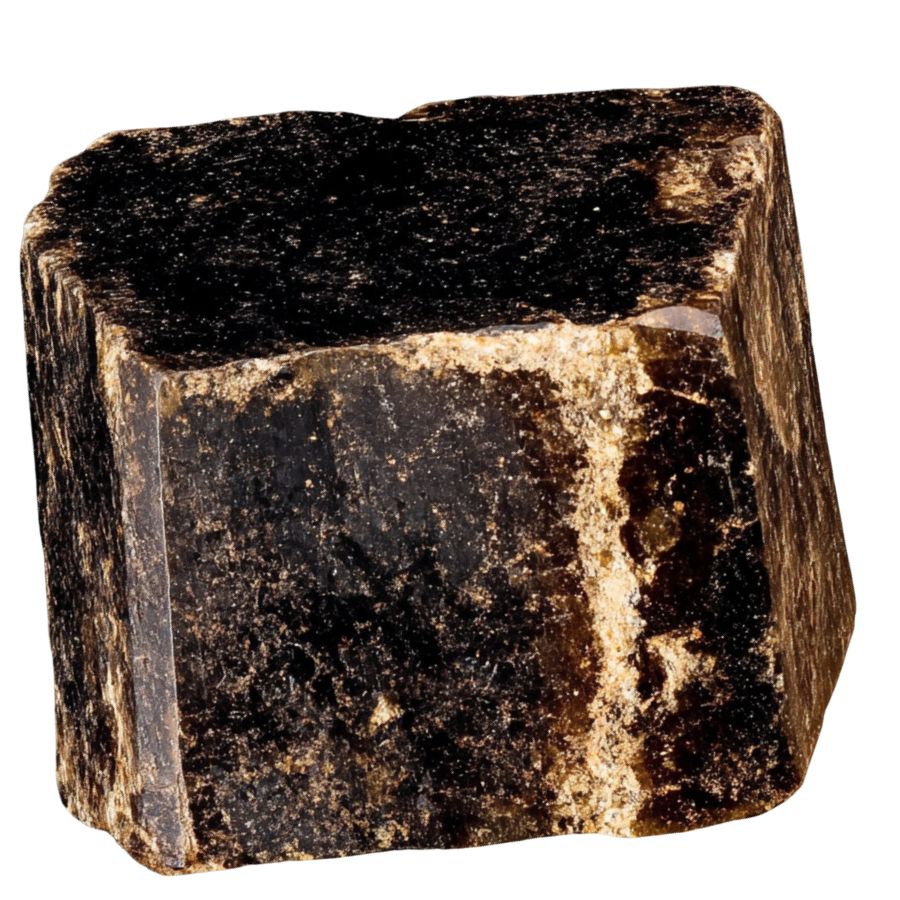
Dravite, or Brown Tourmaline, comes in shades from dark brown to light brown-yellow. It can look a bit like Smoky Quartz, with a semi-see-through quality.
Its crystals are often needle-like or prismatic, with points at both ends. This sets it apart from other tourmalines like the darker schorl or the colorful elbaite.
What makes dravite special is its rich sodium and magnesium content. This sets it apart from other tourmalines. It was first discovered in 1883 and named after the Drava River in Slovenia.
Indicolite
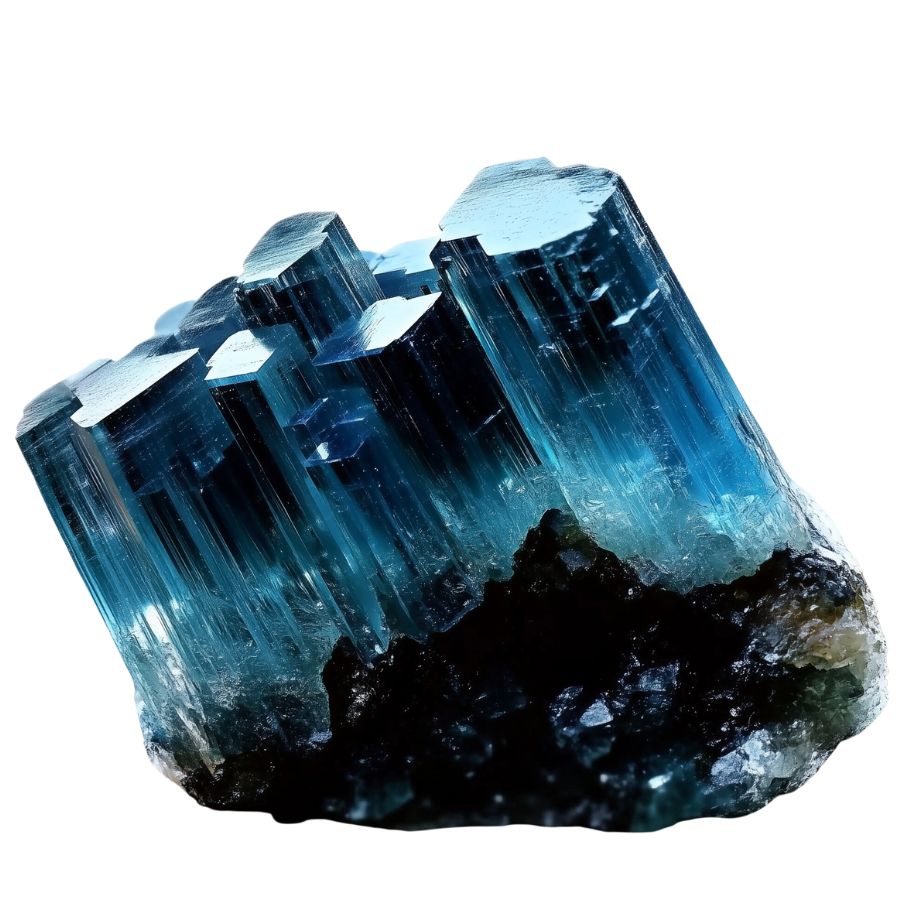
Indicolite is a rare and captivating blue to blue-green stone. It’s prized for its pure, bright blue color, which is considered the rarest within the tourmaline family. The hues can range from light blue-green to deep, rich blue, often with high clarity.
What sets Indicolite apart is its unique optical effects. It shows pleochroism, appearing to change color when viewed from different angles. Some specimens also display chatoyancy, creating a “cat’s eye” effect when cut in a certain way.
Indicolite is sometimes called “Brazilian sapphire” due to its resemblance to the precious gem. However, they’re different minerals.
The increasing demand for blue tourmalines has made indicolite highly sought-after in the gemstone market, appreciated for its beauty and rarity.
Watermelon Tourmaline
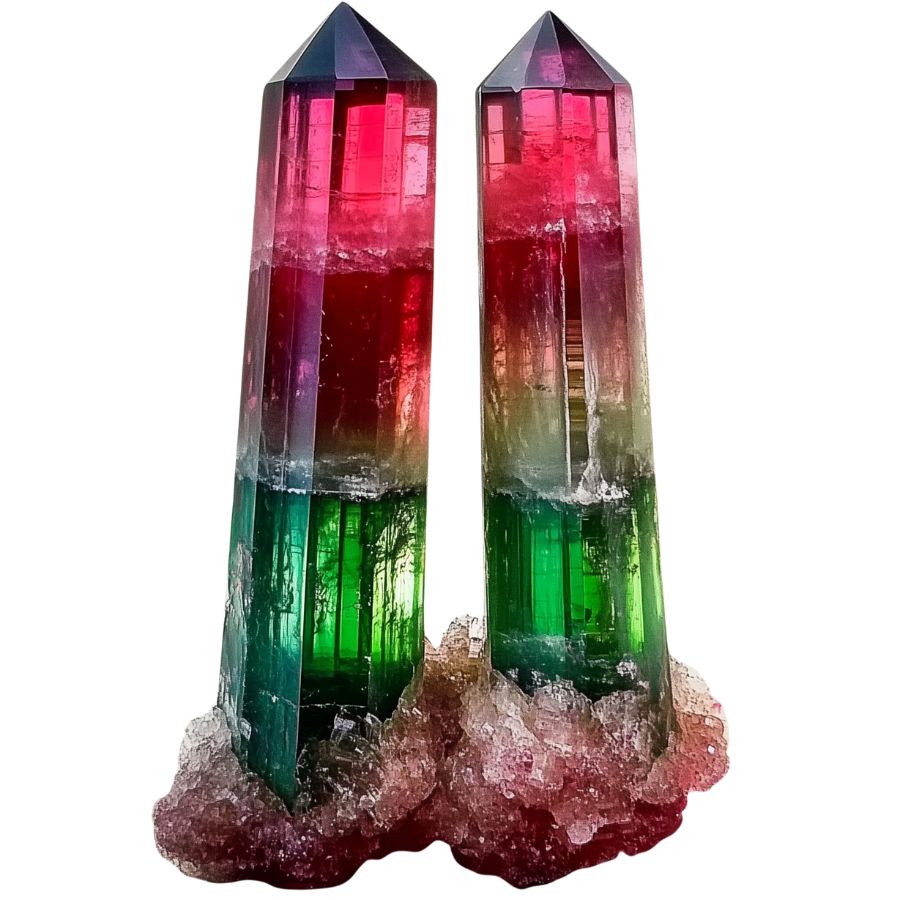
Watermelon tourmaline is truly one-of-a-kind. It looks just like a slice of watermelon, with a pink or red center and a green outer layer. This unique look happens because different elements join the crystal at different times as it grows.
These crystals often form in a rounded triangle shape. They’re see-through to somewhat clear and have a glass-like shine. When cut into slices, they really do look like little watermelons!
Cat’s Eye Tourmaline
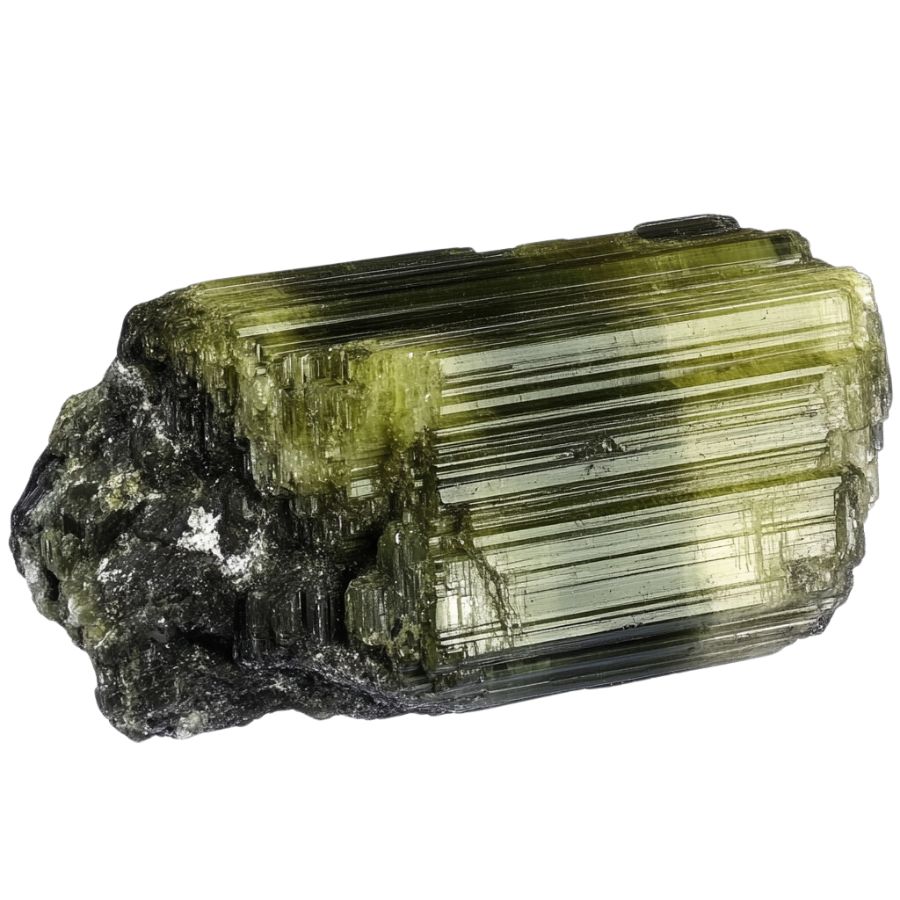
Cat’s eye tourmaline is known for its mesmerizing chatoyancy effect. This creates a bright band across the stone’s surface, resembling a cat’s eye.
This stone comes in various colors, from green to pink to brown, and is usually semi-translucent to opaque.
What makes this stone special is the perfect alignment of tiny, needle-like inclusions inside it. These scatter light in a unique way, creating that eye-catching effect. It’s quite different from other tourmalines that don’t have this feature.
Unlike other cat’s eye stones, Tourmaline offers a wider range of colors and is often more affordable.
Achroite
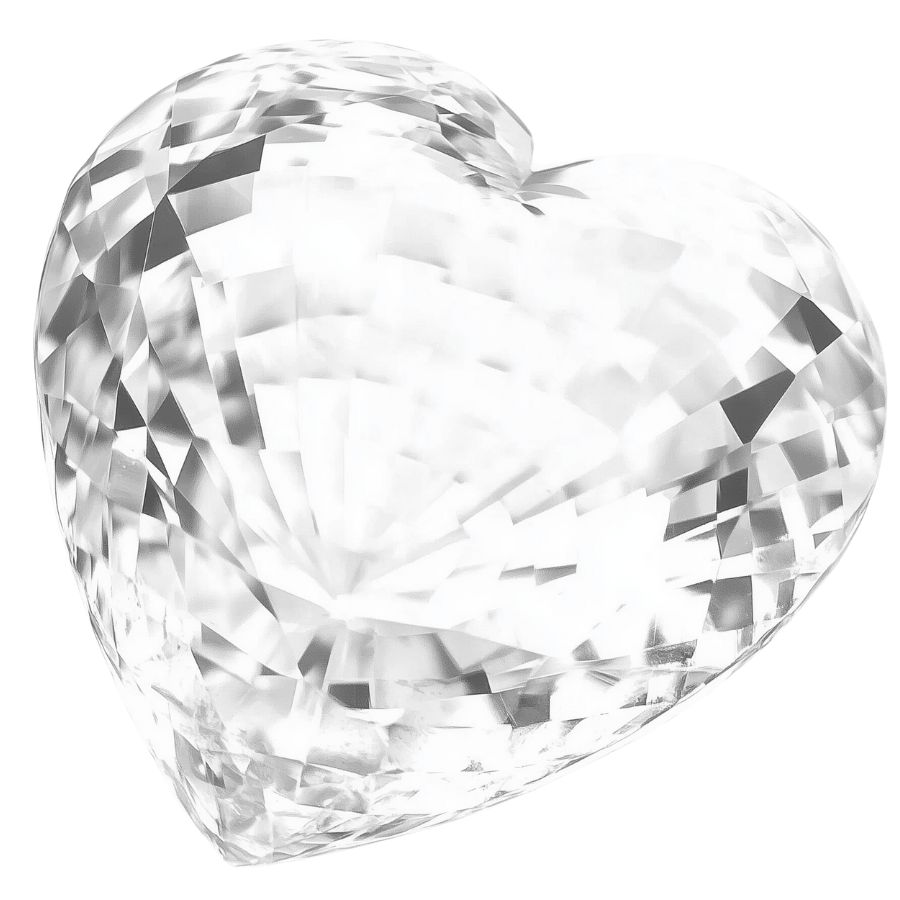
Achroite is a rare, colorless variety of tourmaline that looks like a drop of clear water turned to stone. It’s completely transparent, making it unique among tourmalines which usually have color. The name comes from Greek, meaning “without color.”
What’s special about achroite is that it doesn’t change color when viewed from different angles. It means the stone can be cut in many ways without losing its clarity.
Verdelite
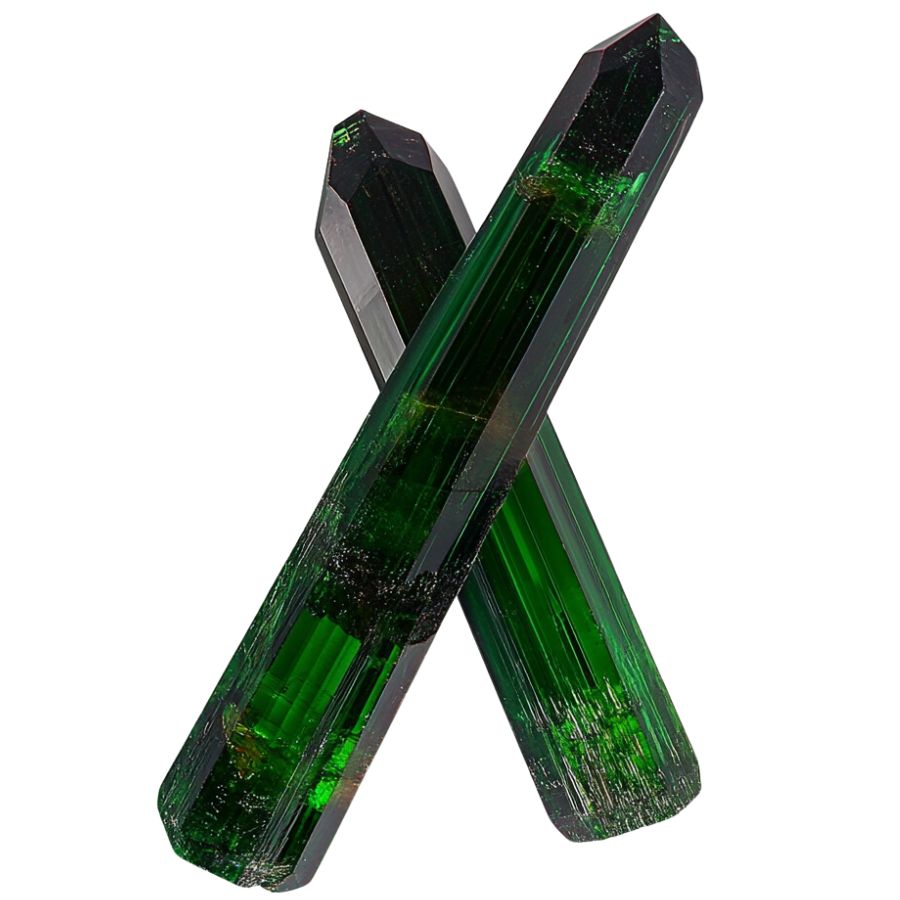
Verdelite is known for its beautiful green color. It can range from light green to deep emerald.
One thing that makes verdelite special is that you can find big, clear crystals of it. This isn’t always easy with other gemstones.
People love using verdelite in jewelry because its rich color and interesting light effects make it a popular choice for all kinds of accessories. Each piece of verdelite is like a little piece of nature you can wear.
Paraíba Tourmaline
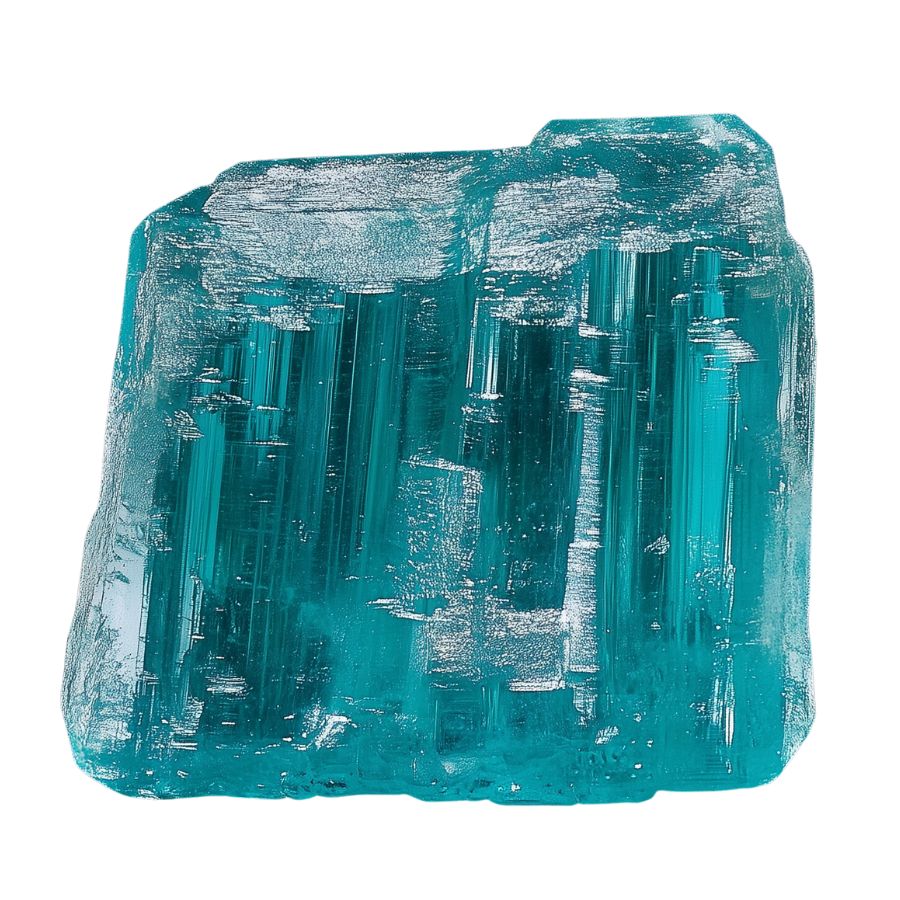
Paraíba Tourmaline is a rare gemstone that catches the eye with its vibrant neon blue or green color. It’s like no other tourmaline you’ve seen before. The intense glow comes from copper in the stone, making it stand out from its cousins.
This stone is one of the rarest. For every 10,000 diamonds mined, only one Paraíba tourmaline is found.
It was only discovered in the late 1980s, making it a newcomer in the gem world. But Paraíba tourmaline’s unique color and rarity quickly made it a favorite among gem lovers.
Its discovery caused quite a stir in the gem community. Even small stones can be valuable because of how rare and beautiful they are.
What Rough Tourmaline Looks Like
When you’re out looking for rough Tourmaline on your own it’s important to know what you’re looking for. But before we dive into specifically what to look for you need to make sure you understand the type of rocks and minerals you’re seeing.
If you want REAL results finding incredible rocks and minerals you need one of these 👇👇👇
Finding the coolest rocks in isn’t luck, it's knowing what to look for. Thousands of your fellow rock hunters are already carrying Rock Chasing field guides. Maybe it's time you joined the community.
Lightweight, mud-proof, and packed with clear photos, it’s become the go-to tool for anyone interested discovering what’s hidden under our red dirt and what they've already found.
Join them, and make your next rockhounding trip actually pay off.
What makes it different:
- 📍 Find and identify 140 incredible crystals, rocks, gemstones, minerals, and geodes across the USA
- 🚙 Field-tested across America's rivers, ranchlands, mountains, and roadcuts
- 📘 Heavy duty laminated pages resist dust, sweat, and water
- 🧠 Zero fluff — just clear visuals and straight-to-the-point info
- ⭐ Rated 4.8★ by real collectors who actually use it in the field
Here are some tips to help you recognize rough tourmaline.
Look for Color Variations
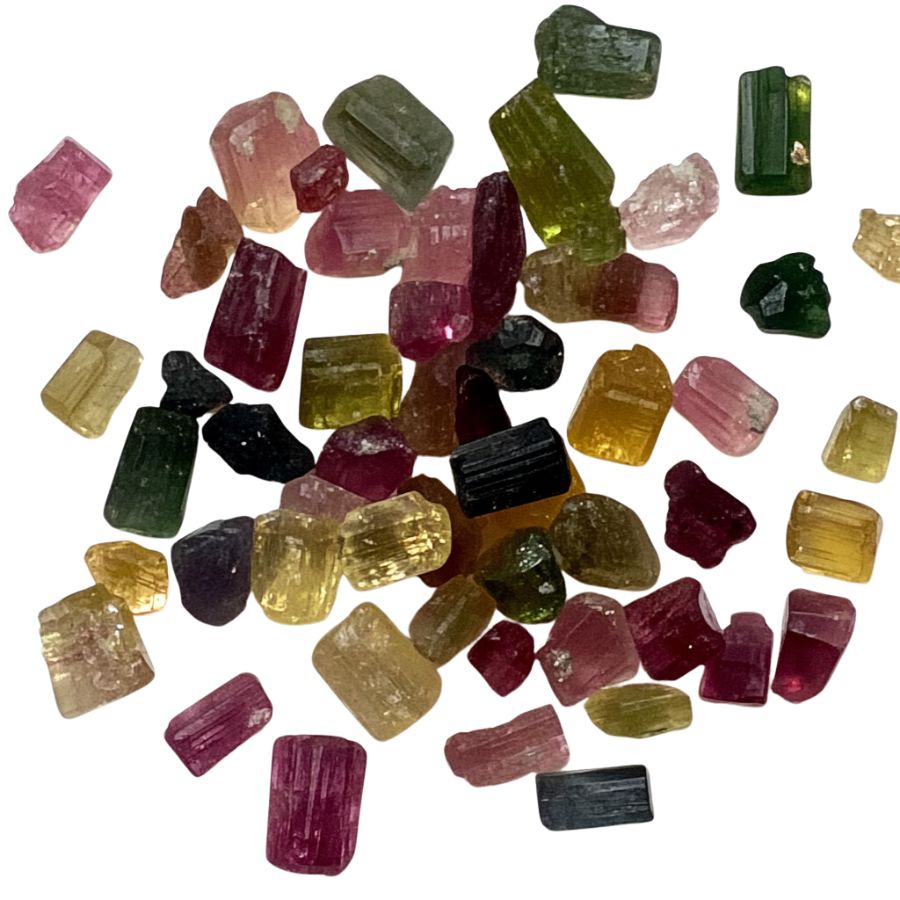
Tourmaline comes in many colors, like pink, green, blue, and even black. Some pieces have multiple colors, like watermelon tourmaline, which is pink and green.
If you see these color mixes, it’s likely tourmaline. Keep an eye out for vibrant shades.
Assess the Density and Weight
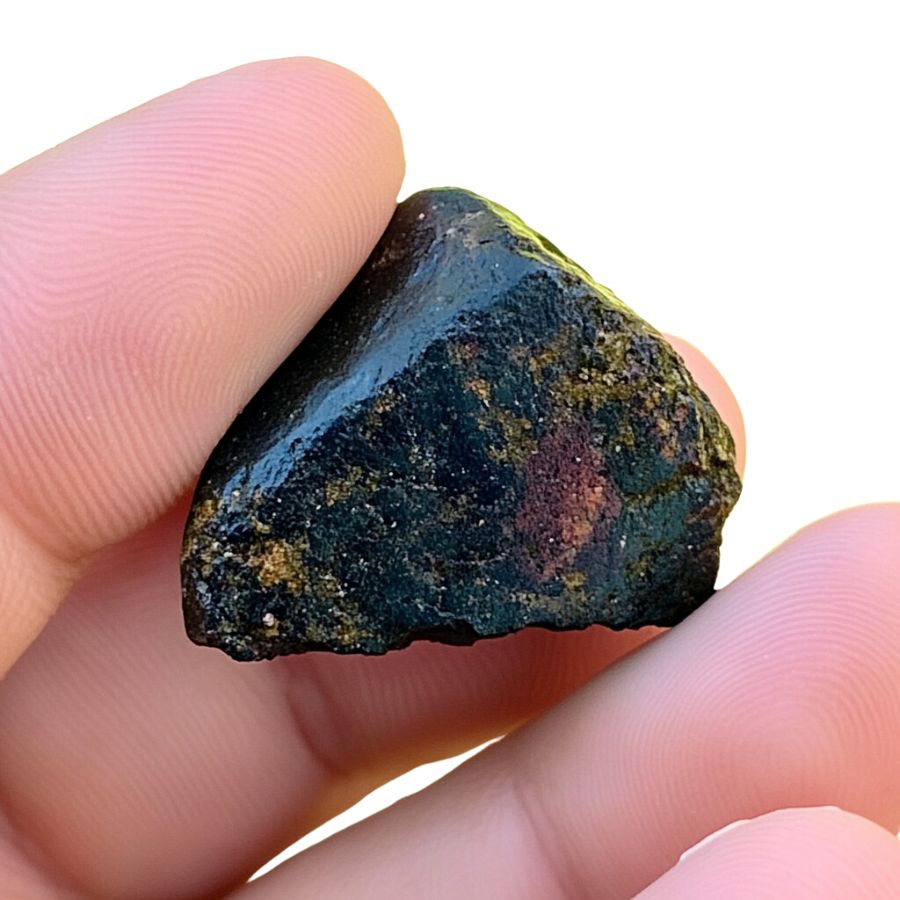
Rough tourmaline is relatively heavy for its size. If you pick up a piece and it feels denser than expected, it could be tourmaline. This weight can help you confirm your find.
Examine the Crystal Structure
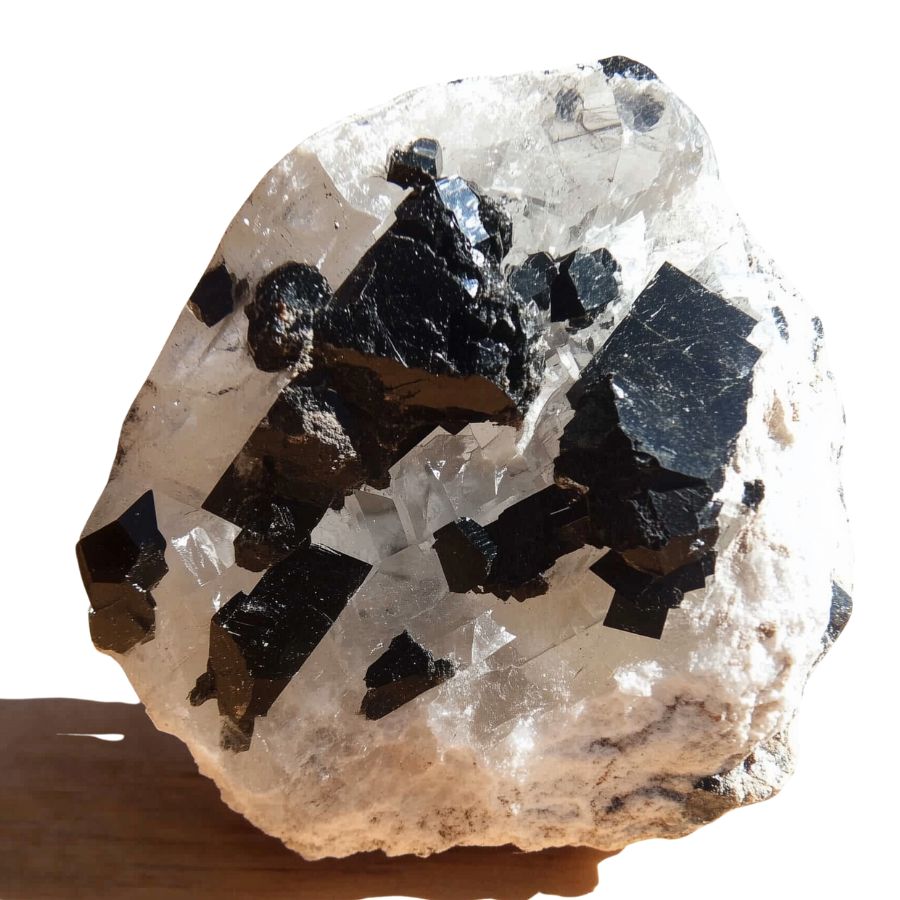
Tourmaline features distinctive crystal shapes, ranging from slender and elongated to chunky forms. Look for triangular cross-sections and striations on the surface, which indicate its unique growth patterns.
Check for Transparency
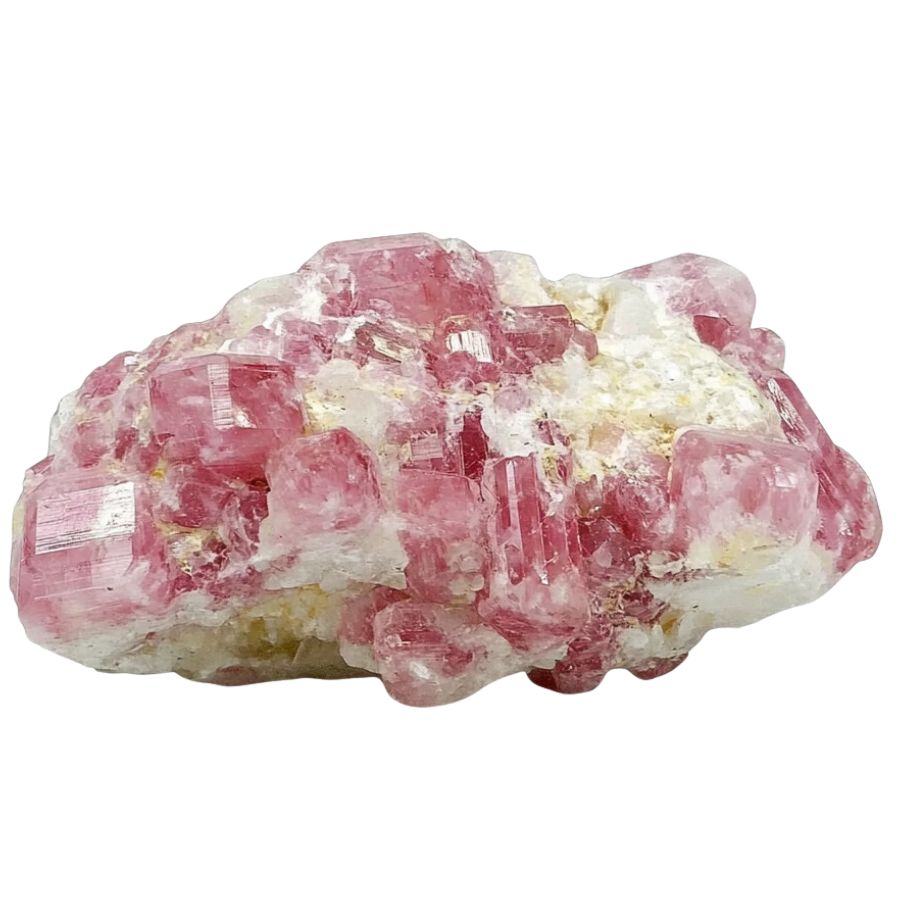
Some rough tourmaline can be slightly transparent. If you hold it up to the light, you might see through it a bit. This transparency can be a good sign that you have tourmaline.
A Quick Request About Collecting
Always Confirm Access and Collection Rules!
Before heading out to any of the locations on our list you need to confirm access requirements and collection rules for both public and private locations directly with the location. We haven’t personally verified every location and the access requirements and collection rules often change without notice.
Many of the locations we mention will not allow collecting but are still great places for those who love to find beautiful rocks and minerals in the wild without keeping them. We also can’t guarantee you will find anything in these locations since they are constantly changing.
Always get updated information directly from the source ahead of time to ensure responsible rockhounding. If you want even more current options it’s always a good idea to contact local rock and mineral clubs and groups
Tips on where to look
Once you get to the places we have listed below there are some things you should keep in mind when you’re searching:
Look for Sedimentary Rocks
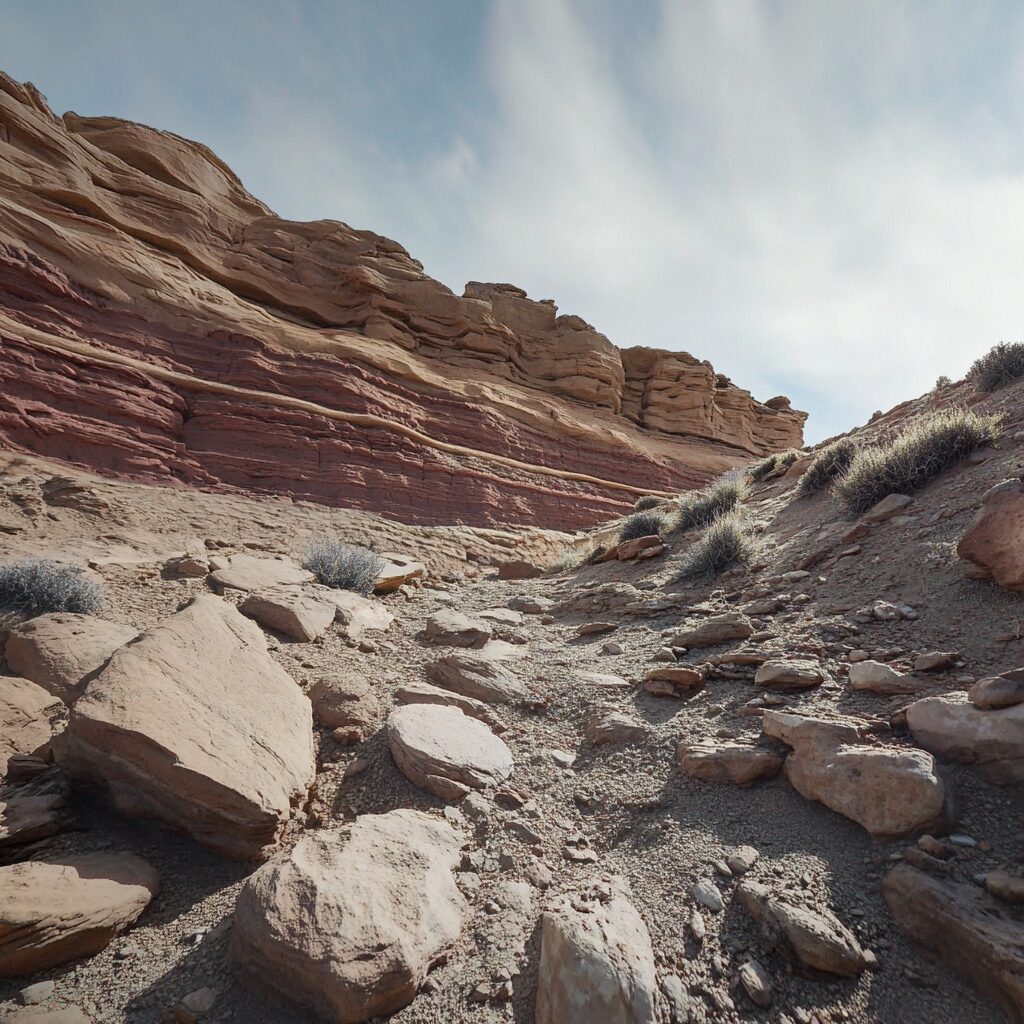
Sedimentary rocks are great places to find tourmaline. These rocks form from layers of sand, mud, and minerals. Over time, minerals like tourmaline can get trapped.
Look in riverbeds or areas where sediment has built up. You might find small pieces or even larger crystals.
Explore Mines
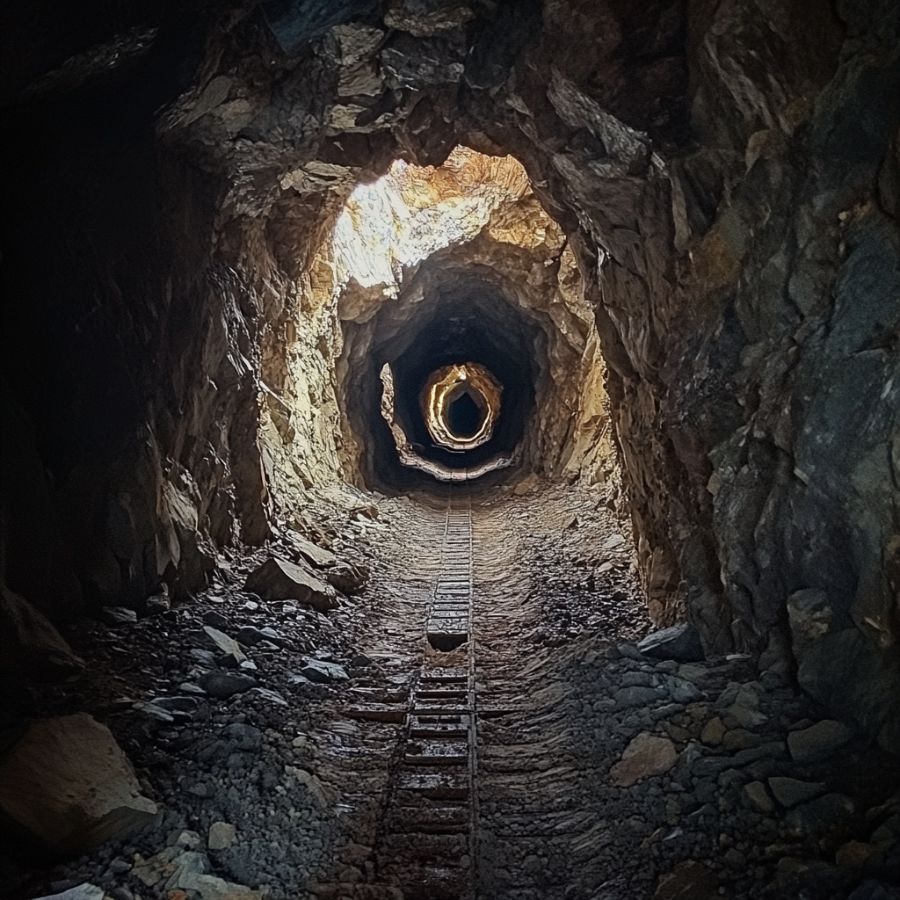
Mines are great spots to find tourmaline. Many mines across the U.S. extract various gemstones, including tourmaline.
Some mines even allow visitors to search for gems themselves. Always check if they have guided tours or special digging days.
Search in Gravel Pits

Gravel pits are often overlooked, but they can be treasure troves. These pits dig deep into the earth, exposing layers of rock.
Tourmaline can be found in the gravel. Just sift through the material carefully.
Some Great Places To Start
Florida has several great spots where you can find tourmaline. These places are known for their unique geology and mineral-rich deposits, making them ideal for gemstone enthusiasts and rockhounds.
Always Confirm Access and Collection Rules!
Before heading out to any of the locations on our list you need to confirm access requirements and collection rules for both public and private locations directly with the location. We haven’t personally verified every location and the access requirements and collection rules often change without notice.
Many of the locations we mention will not allow collecting but are still great places for those who love to find beautiful rocks and minerals in the wild without keeping them. We also can’t guarantee you will find anything in these locations since they are constantly changing.
Always get updated information directly from the source ahead of time to ensure responsible rockhounding. If you want even more current options it’s always a good idea to contact local rock and mineral clubs and groups
Tampa Bay’s beach alluvials
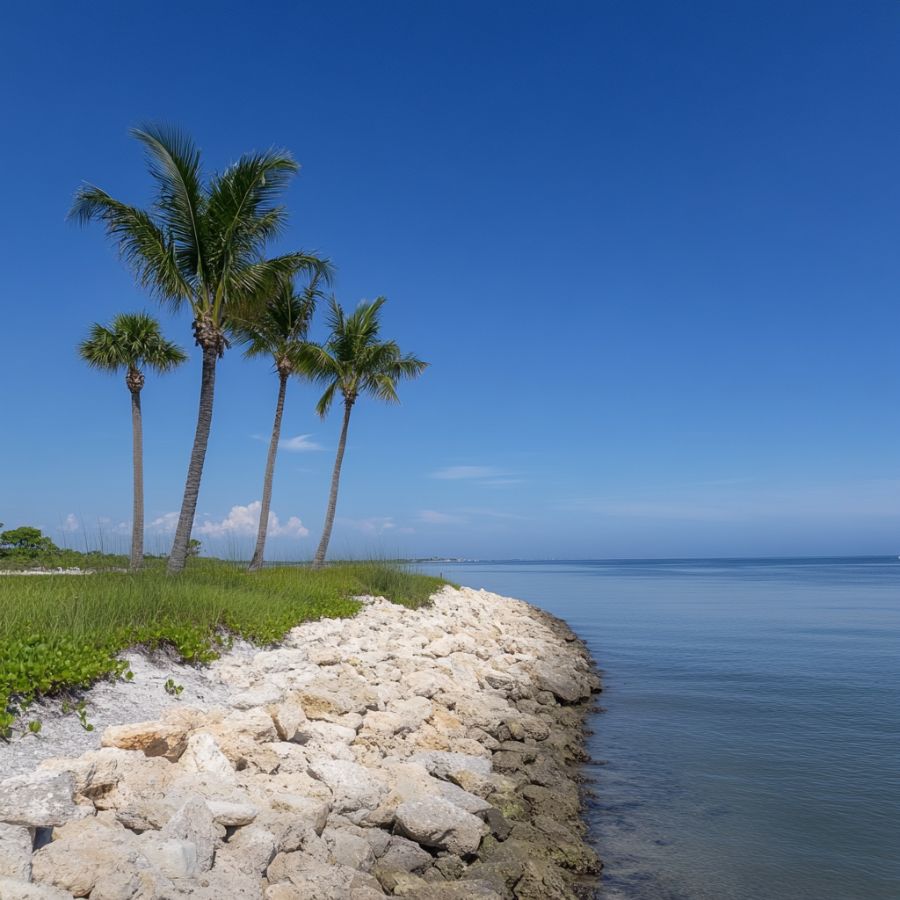
Nestled along Florida’s west coast, Tampa Bay’s beach alluvials offer a unique gemstone hunting experience. The bay’s geological history has created a rich environment for mineral deposits, including the coveted tourmaline.
Tampa Bay’s alluvial deposits, formed by centuries of water action, concentrate heavy minerals in specific areas. These deposits are a result of both marine and terrestrial processes, making them particularly interesting for gem enthusiasts.
You’ll find the best hunting grounds along the shoreline and in shallow waters where natural water flow has done the work of concentrating heavier minerals.
While searching for tourmaline, keep an eye out for other minerals like ilmenite, rutile, and zircon. These companions often indicate promising areas for gemstone discoveries.
Vero Beach Placer
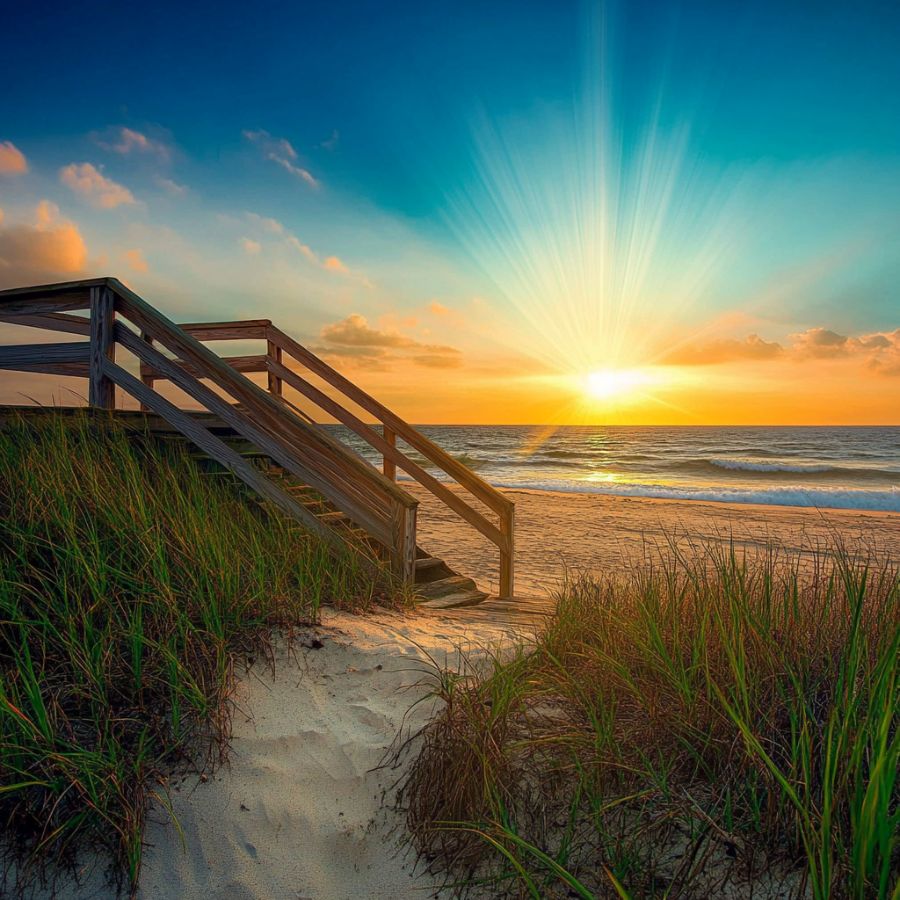
Vero Beach Placer is located along Florida’s eastern coast. The area’s unique geology stems from ancient marine and terrestrial processes, creating a treasure trove of heavy minerals.
Tourmaline hunters can sift through the beach sands and shallow waters, focusing on areas where natural water flow concentrates heavier particles.
The best spots are often found in small creeks emptying into the ocean or along the tideline after storms. Vero Beach’s warm climate makes it an ideal year-round destination for gemstone enthusiasts.
Beyond tourmaline, lucky searchers might stumble upon other minerals like rutile and zircon, adding to the thrill of the hunt.
Atlantic Beach
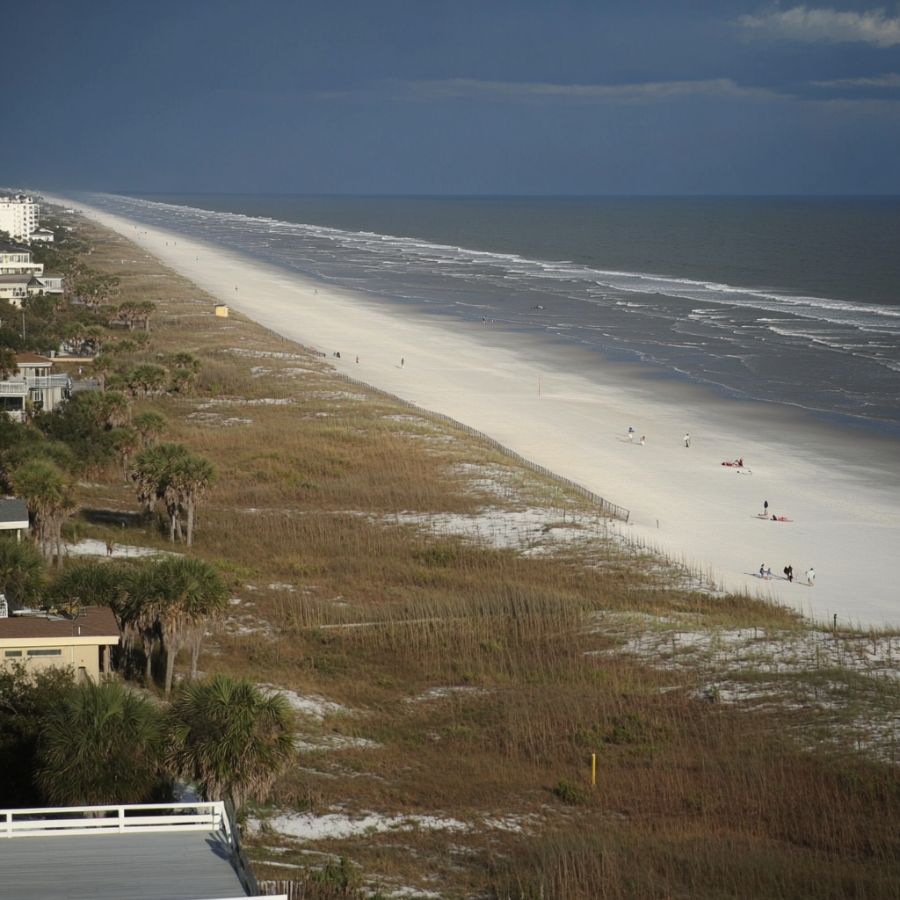
Atlantic Beach, nestled in the northeastern corner of Florida, is a hidden gem for tourmaline hunters. This coastal city in Duval County boasts beautiful sandy shores along the Atlantic Ocean.
What makes this spot special for rockhounds is its unique coastal geology. The area’s rich marine deposits, combined with constant wave action and tidal movements, create perfect conditions for unearthing treasures like tourmaline.
You’ll find these colorful crystals in the gravels and sands along the shoreline. Tidal pools and areas with large sediment deposits are prime hunting grounds.
For the best chances, try beachcombing after a storm when the waves have churned up new material.
While searching, keep an eye out for other interesting minerals too. The beach’s flat terrain and easy access make it a comfortable spot for all ages to enjoy the thrill of the hunt.
Yulee deposit
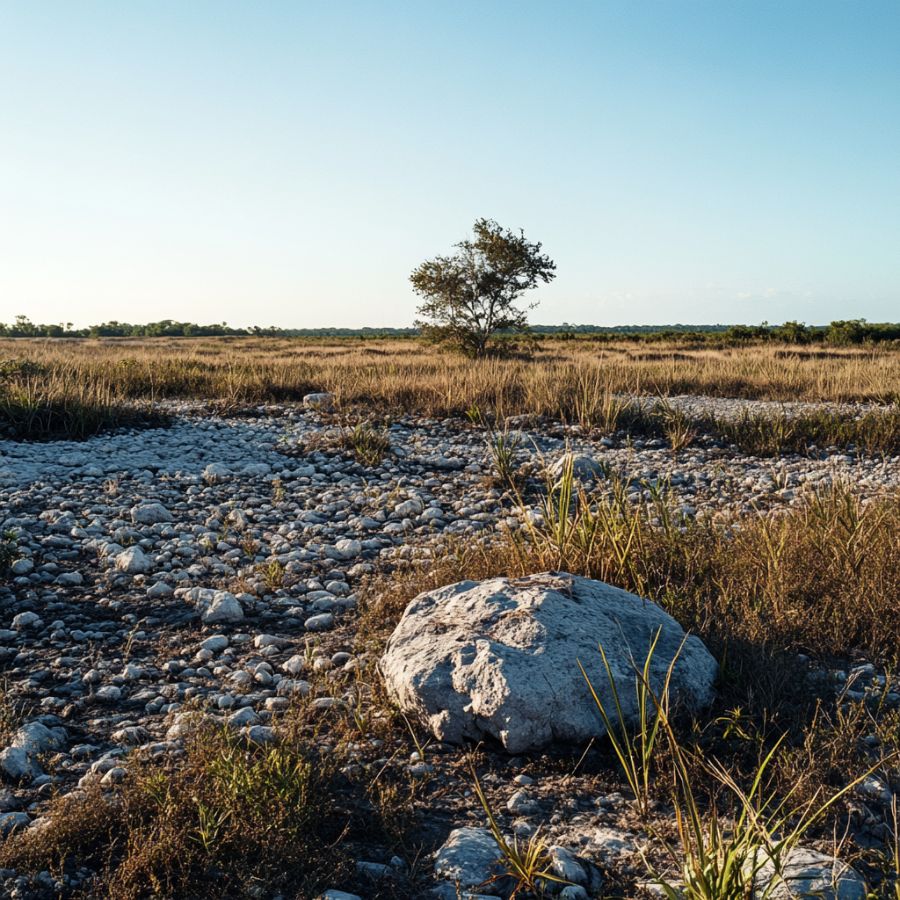
Yulee deposit in Nassau County is a flat terrain, close to the Georgia border and Atlantic coast. The area’s geological makeup, featuring ancient riverbeds and alluvial deposits, creates an ideal environment for mineral formation.
What makes Yulee special is its mix of sedimentary rocks and mineral-rich soils. These geological conditions have given rise to diverse mineral deposits over time.
Tourmaline enthusiasts can explore the gravels and creeks within the deposit, where natural erosion has concentrated these colorful crystals.
The Yulee deposit’s proximity to various water bodies enhances its appeal for gemstone seekers. As you search, you might also stumble upon other interesting minerals, adding to the excitement of your hunt.
Clearwater Beach
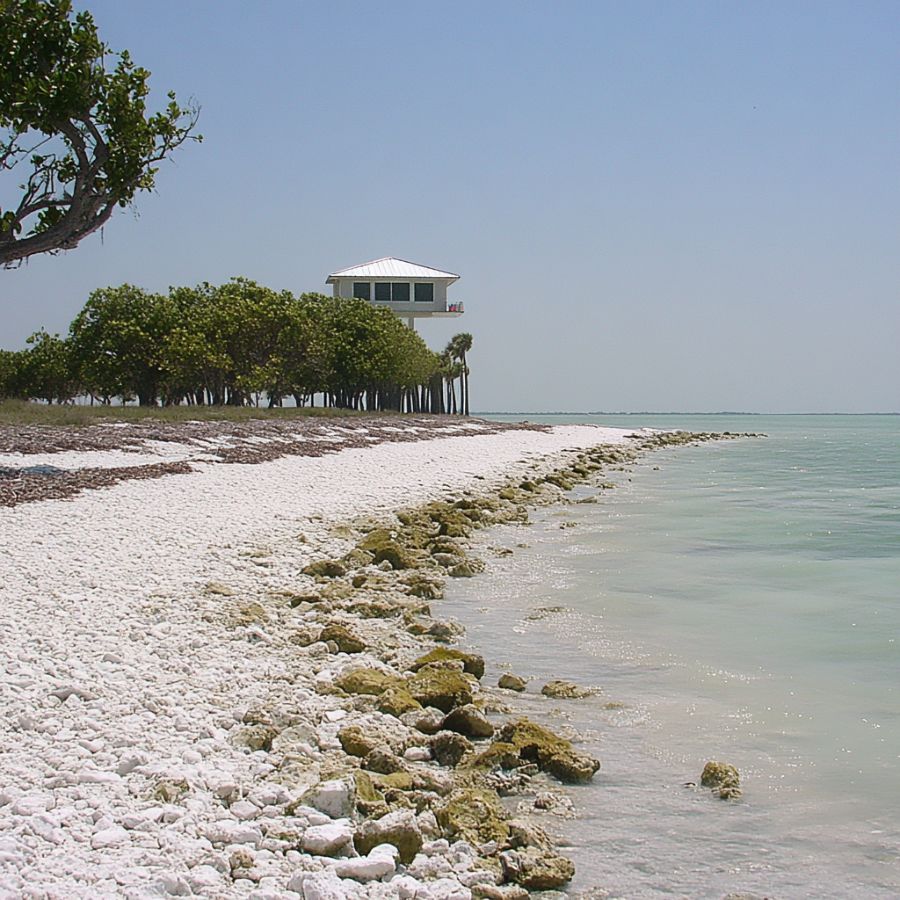
Clearwater Beach, a barrier island off Florida’s Gulf Coast, offers more than just sun and surf. This popular tourist destination in Pinellas County hides a secret beneath its famous white sands – it’s a unexpected haven for rockhounds.
Tourmaline, a prized gemstone, can be found in the beach’s alluvial deposits. These mineral-rich sands, shaped by centuries of erosion and water movement, create a unique geological playground.
The best hunting grounds are often near creek outlets and in tidal zones, where water action concentrates heavier minerals.
Interestingly, Clearwater’s alluvials aren’t just home to tourmaline. The area boasts deposits of titanium and zirconium, adding to its geological significance.
For the best chance of finding these treasures, visit after storms when nature reshuffles the beach’s hidden gems.
Places Tourmaline has been found by county
After discussing our top picks, we wanted to discuss the other places on our list. Below is a list of the additional locations where we have succeeded, along with a breakdown of each place by county.
| County | Location |
| Flagler | Beach alluvials in Matanzas Inlet |
| Santa Rosa | East Bay alluvials |
| Santa Rosa | Pensacola Bay Placer |
| Santa Rosa | Western Pensacola Bay alluvials |
| Polk | Central Florida Phosphate Mining District |
| St. Johns | Southern beach alluvials |
| St. Lucie | Beach alluvials in Fort Pierce |
| Clay | Jacksonville Mining District |

